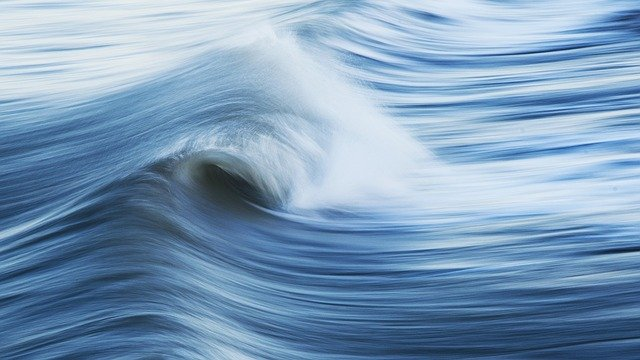Do you know how long do tides last?
Ever stood by the ocean and wondered why the water rises and falls? That’s the magic of tides, a natural phenomenon driven by celestial forces. Tides are more than just the rhythmic dance of the ocean; they’re a complex interaction between the Earth, moon, and sun. Understanding how long tides last requires diving into these cosmic relationships and the Earth’s own movements. Let’s break it down and see what makes these waves tick.
Key Takeaways
- Tides are mainly influenced by the gravitational pull of the moon and sun, with the moon playing a bigger role.
- There are different types of tides like semidiurnal, diurnal, and mixed, each with unique patterns and durations.
- The Earth’s rotation and the lunar day, which is about 24 hours and 50 minutes, affect how long tides last.
- Geographical features like coastlines and ocean floors can change how tides behave in different places.
- Special tides, like spring and neap tides, occur due to the alignment of the Earth, moon, and sun, causing variations in tidal ranges.
The Science Behind Tidal Patterns
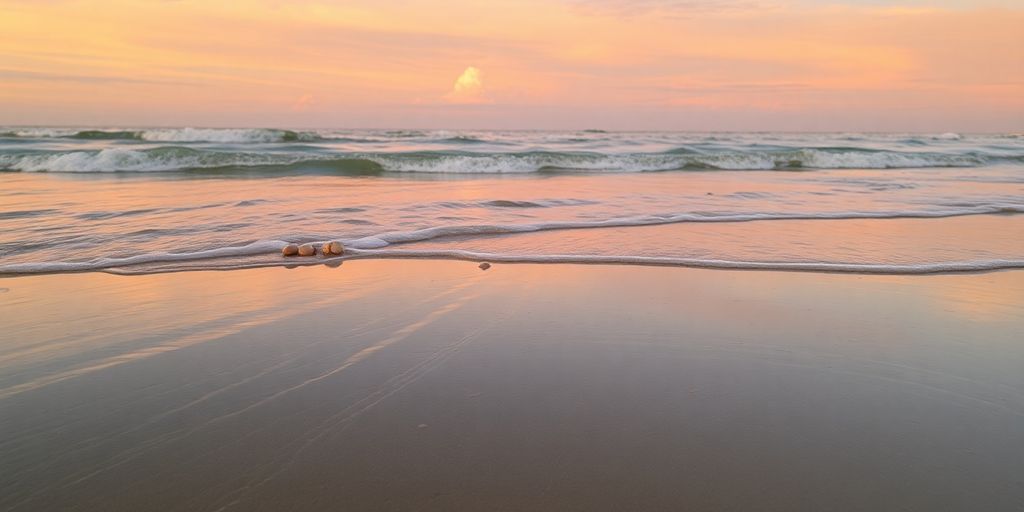
Gravitational Pull and Its Impact
Tides are largely driven by gravitational forces. The gravitational pull of the moon is the primary factor influencing tides, with the sun also playing a significant role. The moon’s gravity pulls on the Earth’s water, creating two tidal bulges: one on the side facing the moon and another on the opposite side. This results in high tides. Meanwhile, areas at 90 degrees to these bulges experience low tides. The sun’s gravity, although less influential than the moon’s, can either enhance or counteract the moon’s effect, depending on their alignment.
The Role of the Moon and Sun
The positions of the moon and sun relative to Earth dictate the timing and magnitude of tides. When the sun, moon, and Earth align during full and new moons, we experience spring tides, which are higher and lower than usual. Conversely, when the sun and moon are at right angles, we see neap tides, which are less extreme. These celestial dynamics are crucial for understanding tidal patterns.
Understanding Tidal Constituents
Tidal patterns are complex and can be broken down into various constituents. These are the different components of tides, each with its own frequency and amplitude, influenced by the gravitational forces of the moon and sun. By analyzing these constituents, scientists can predict tides with remarkable accuracy. This involves understanding both the major constituents, like the lunar and solar tides, and minor ones that can affect specific regions. Such detailed analysis is essential for accurate tidal predictions and understanding local tidal behaviors.
Types of Tides and Their Durations
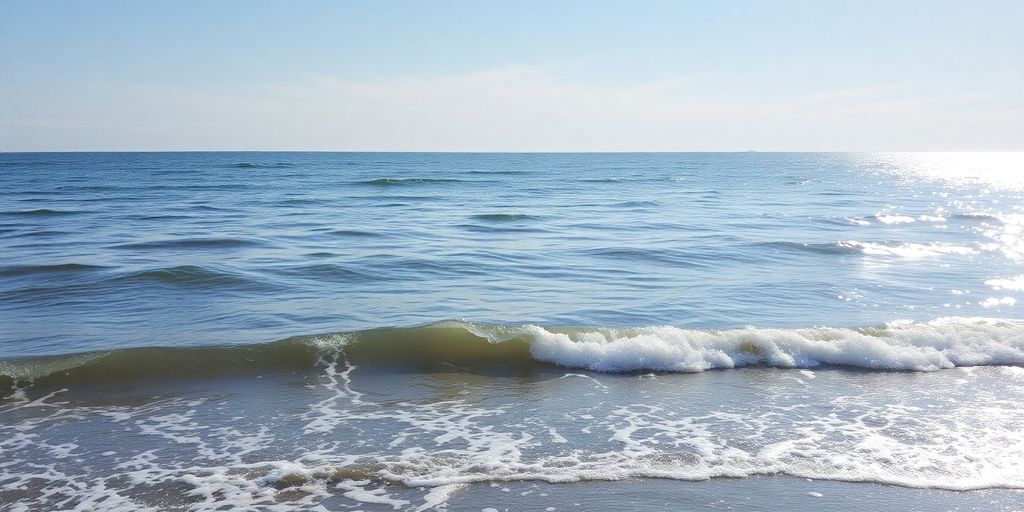
Semidiurnal and Diurnal Tides
When it comes to tides, the semidiurnal type is the most common. These tides feature two high and two low tides every lunar day, with each cycle taking about 12 hours and 25 minutes. This regularity makes semidiurnal tides predictable and easy to plan around. You’ll find them along the east coast of North America and in many parts of Europe. In contrast, diurnal tides only have one high and one low tide each day, completing their cycle in roughly 24 hours and 50 minutes. These are typical in regions like the Gulf of Mexico and parts of Southeast Asia.
Mixed Tides Explained
Mixed tides are a bit of a hybrid, featuring characteristics of both semidiurnal and diurnal tides. These tides vary greatly, with two high and two low tides of different heights occurring each day. The Pacific coast of the United States often experiences mixed tides. The inequality in the height of these tides can be quite significant, creating a unique tidal pattern that can sometimes resemble a diurnal tide.
The Influence of Geography on Tides
Geography plays a crucial role in shaping tidal patterns. Coastal configurations, ocean basin size, and even the sea floor’s topography can influence how tides manifest in a particular area. For instance, the enclosed nature of the Mediterranean Sea results in minimal tidal ranges compared to the Atlantic Ocean. Similarly, local geography can lead to phenomena like tidal bores in certain estuaries, where the incoming tide forms a wave that travels up a river.
How Long Do Tides Last: Key Factors
Lunar Day and Tidal Cycles
Ever wondered how tides seem to follow a rhythm? Well, it all comes down to the lunar day, which is a bit longer than our regular day—about 24 hours and 50 minutes. During this time, most places experience two high tides and two low tides. This cycle is known as a semidiurnal tide. However, some areas might see just one high and one low tide in a day, which is called a diurnal tide. Understanding these cycles helps predict when tides will occur and how long they last.
The Effect of Earth’s Rotation
As the Earth rotates on its axis, different parts of the world move into areas where the gravitational pull from the moon and sun is strongest. This movement causes the water to rise and fall, creating high and low tides. The Earth’s rotation, combined with the gravitational forces, influences the timing and duration of tides.
Variations in Tidal Duration
Tidal durations aren’t the same everywhere. In some places, tides change quickly, while in others, they linger a bit longer. This difference is due to a variety of factors, including the shape of the coastline and the ocean floor. For instance, in narrow bays or inlets, tides can rise and fall more dramatically, while in open oceans, the change might be more gradual. Additionally, the slack tide, a period when the water is still between high and low tides, can affect how long tides last. This period is crucial for activities like fishing and diving, where timing is everything.
Tides are a fascinating dance between the Earth, moon, and sun, each playing its part in the ever-changing rhythm of the oceans.
Special Tidal Phenomena
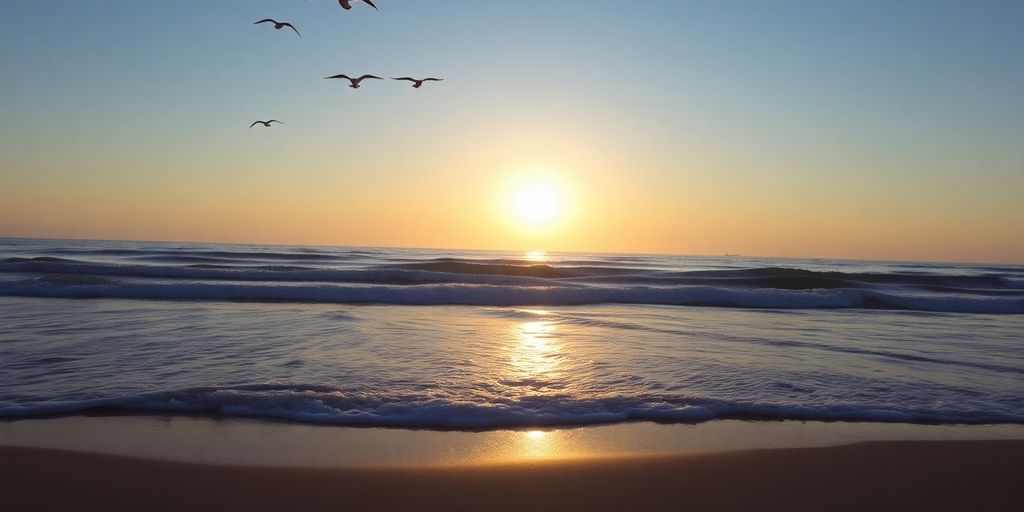
Understanding Spring and Neap Tides
Tides are not just about the rise and fall of sea levels; they have unique patterns too. Spring tides occur when the sun, moon, and Earth line up, amplifying the gravitational pull and causing higher high tides and lower low tides. This alignment happens during full and new moons. On the flip side, neap tides occur when the sun and moon form a right angle with Earth, diminishing the gravitational effect. This results in less extreme tides. These cycles are predictable and repeat every two weeks.
The Occurrence of Tidal Bores
In certain estuaries, the incoming tide creates a wave that travels up the river, known as a tidal bore. This happens when the tidal range is large, and the river’s flow is slow. Tidal bores can be spectacular, sometimes dangerous, and are a must-see if you’re in the right place at the right time. Some famous tidal bores occur in the Qiantang River in China and the Severn River in England.
Double High and Low Tides
Some locations experience a phenomenon where there are two high or two low tides in a single tidal cycle. This is known as double high or low waters. It’s like the tide can’t make up its mind! Places like Southampton in England see this regularly. This can extend the duration of high or low water, affecting local navigation and fishing activities.
Tidal phenomena are fascinating reminders of the complex dance between Earth, moon, and sun. Observing these tides can provide insight into the natural rhythms that govern our planet’s waters.
Predicting Tides and Their Timing
Tide Tables and Predictions
Tide tables are like the calendar of the sea, giving folks a heads-up on when to expect high and low tides. They’re usually packed with data, showing the predicted times and heights of tides for each day, tailored to specific spots known as reference stations. These tables are crucial for anyone planning to be on or near the water. Besides the tables, there’s software and calculators that can crunch the numbers for you, making it easier to plan your day.
- Reference Stations: These are key locations where detailed tidal data is gathered.
- Subordinate Stations: These spots use data from reference stations, tweaked to fit local conditions.
- Tidal Differences: Adjustments made to account for local variations in tide timing and height.
The Importance of Tidal Datums
A tidal datum is like a baseline for measuring water levels. It helps in understanding how high or low the tide is compared to a standard level. This is super important for mapping and navigation, ensuring boats don’t end up grounded. There are different types of datums, like mean low water or mean high water, each serving its own purpose.
- Mean Low Water (MLW): The average of all the low water heights observed over a specific period.
- Mean High Water (MHW): The average of all the high water heights.
- Chart Datum: Used in nautical charts, usually based on the lowest tide that can be expected.
Meteorological Influences on Tides
Weather can throw a wrench in tidal predictions. Wind and atmospheric pressure play a big role. Onshore winds can push water levels higher, while offshore winds might lower them. Low pressure systems, like those found in storms, can also cause water levels to rise. So, while tide tables are great, always keep an eye on the weather forecast too.
Even with the best predictions, nature can be unpredictable. It’s always wise to double-check conditions before heading out. Tides might be regular, but the sea has its own rhythm that sometimes defies expectations.
The Relationship Between Tides and Tidal Currents
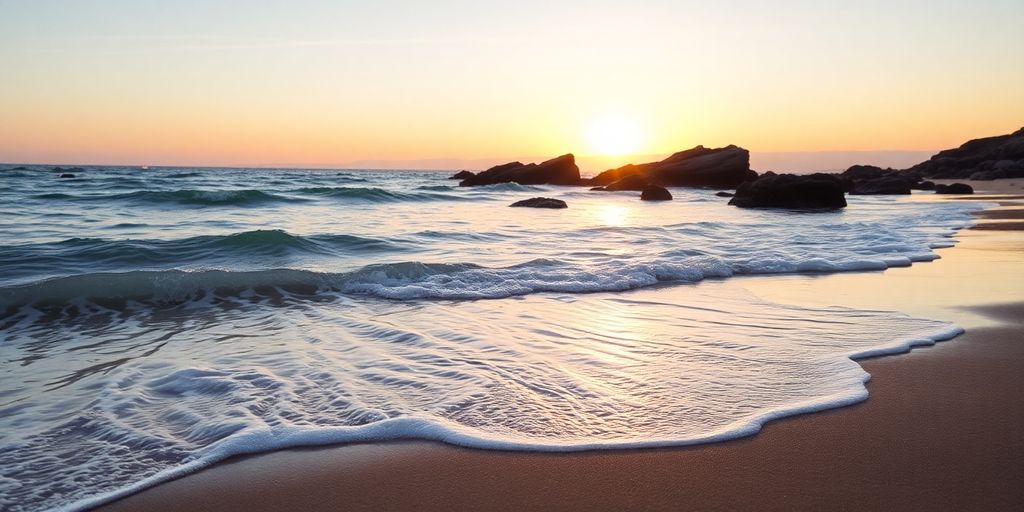
Distinguishing Tides from Tidal Currents
Tides and tidal currents, though related, are distinct phenomena. Tides refer to the vertical rise and fall of sea levels, driven by gravitational forces exerted by the moon and the sun. On the other hand, tidal currents are the horizontal movements of water caused by these tidal changes. It’s important not to confuse the two, as tides affect the water level, while tidal currents influence the flow and direction of the water. Mariners need to understand both to navigate safely, as the timing and strength of tidal currents can significantly impact a vessel’s speed and course.
The Impact of Tidal Currents on Navigation
Navigating through waters affected by tidal currents can be tricky. These currents can either aid or hinder a vessel’s progress, depending on their direction and strength. When a ship moves with the current, it can save fuel and time. However, moving against a strong tidal current can slow down the journey and increase fuel consumption. In some areas, the timing of slack water, when the tidal current changes direction, is crucial for safe passage through narrow channels or over shallow bars.
Tidal Current Tables and Their Use
To assist with navigation, tidal current tables are an essential tool for mariners. These tables provide predictions of the timing, direction, and speed of tidal currents at various locations. By consulting these tables, navigators can plan their routes to take advantage of favorable currents or avoid adverse ones. The tables are based on historical data and can be affected by weather conditions, so it’s always wise to consider current observations and forecasts as well.
Wrapping It Up: Tides and Their Timeless Dance
So, there you have it. Tides are like the ocean’s heartbeat, a rhythm that never stops. They come and go, pulled by the moon and the sun, and shaped by the land they touch. Whether you’re watching the waves roll in or waiting for them to pull back, tides are a reminder of nature’s power and beauty. They might seem simple, but there’s a lot going on beneath the surface. Next time you’re at the beach, take a moment to think about the forces at play. It’s pretty amazing, right? Tides are just one of those things that keep our world in motion.
Frequently Asked Questions
What causes tides to occur?
Tides are mainly caused by the gravitational pull of the moon and the sun on Earth’s oceans. The moon’s gravity pulls the water towards it, creating a bulge, which we see as a high tide. The sun also affects tides, but its influence is less because it’s farther away.
How often do tides change?
In most places, tides change about every 6 hours. This means you can expect two high tides and two low tides each day. However, the exact timing can vary depending on where you are.
Why are some tides higher than others?
Some tides are higher than others due to the positions of the moon and sun relative to Earth. When the sun, moon, and Earth are aligned, we experience higher high tides known as spring tides. When they are at right angles, we get lower high tides called neap tides.
What is a tidal bore?
A tidal bore is a strong tide that pushes up a river or narrow bay, creating a wave. This happens in places with a large tidal range and can be quite dramatic and powerful.
How can I predict the timing of tides?
Tide tables and charts are used to predict when high and low tides will occur. They are based on long-term observations and calculations, taking into account the positions of the moon and sun.
Do tides affect sea creatures?
Yes, tides significantly affect marine life. Many sea creatures, like crabs and certain fish, rely on tides for feeding and breeding. Tides can also influence the distribution of nutrients in the water.
